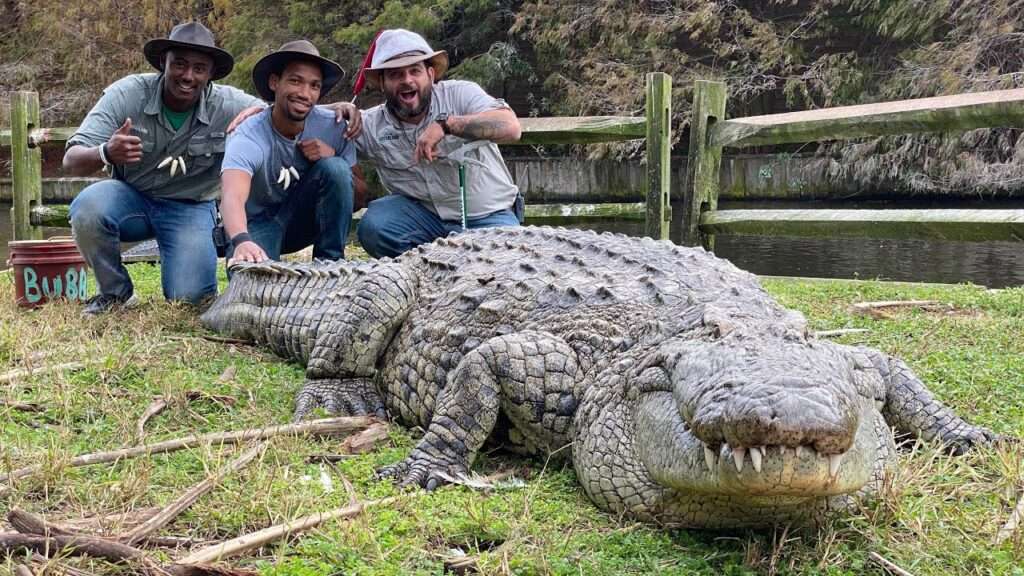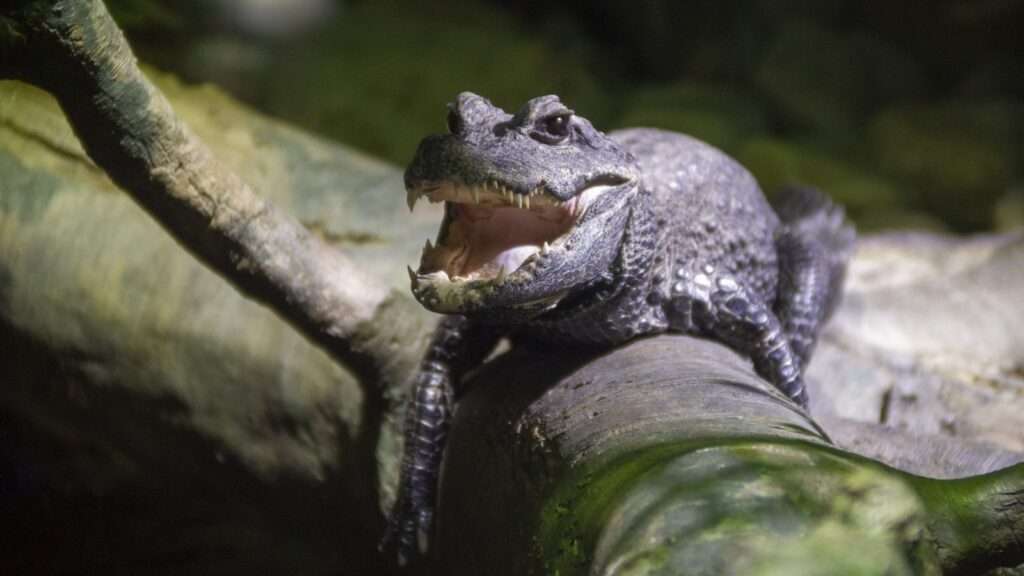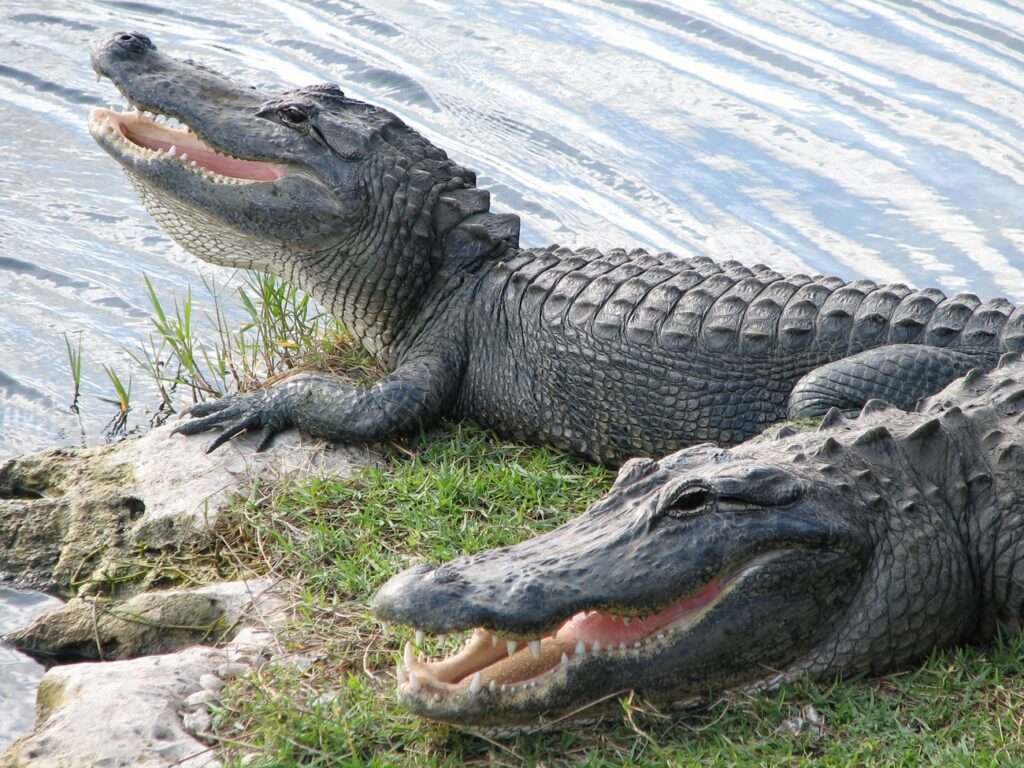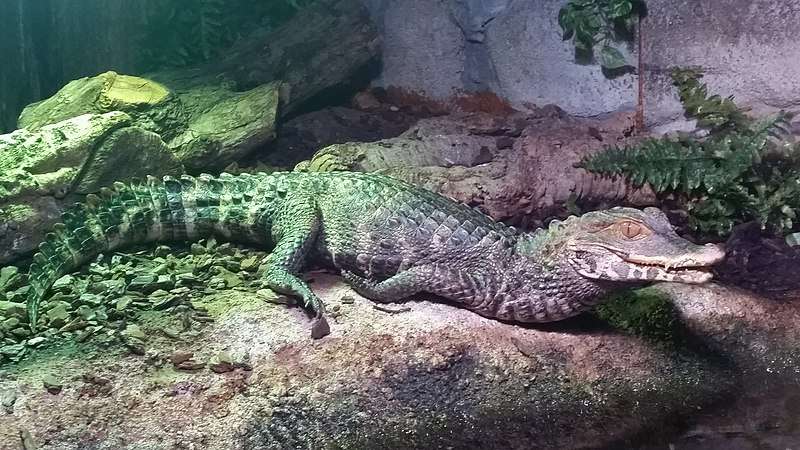
Description:
Scientific name: Crocodylus niloticus
Life span: 50 – 60 years
One of the biggest crocodilian species is the Nile crocodile. This reptile has excellent aquatic hunting skills. This species’ females are distinctly smaller than its males. The animal has an aerodynamic body, a strong, long tail, and webbed hind feet. The long, powerful jaws of the reptile are perfect for catching and holding prey. These crocodiles have an unusual valve at the back of their throats that allows them to travel underwater with an open mouth, grip, and hold prey without drinking water. The animal’s belly is yellowish, while its body has an olive-gray color. Juvenile crocodiles can be recognized by their greenish or dark olive-brown coloring and cross banding in black on their entire body and tail. The crocodile’s body banding becomes less distinct as it ages.

Native Region/Habitat
In Sub-Saharan Africa, the Nile crocodile is extensively dispersed. They are most usually seen in western Madagascar, central, eastern, and southern Africa. Nile crocodiles can dwell in a variety of habitats, including as swamps, dams, tidal lakes, estuaries, small brackish streams, and rivers with rapid currents. They are primarily found in lakes, rivers, marshes, and dams in East Africa, preferring large, open bodies of water to smaller ones.
Behavior:
Animals called Nile crocodiles live alone. They do, however, occasionally feed in smaller groups made up of several people. They typically employ a unique method that involves enclosing a body of water to concentrate fish there. Dominance hierarchies then determine the order in which the group’s members eat. Most of these reptiles are nocturnal. The crocodiles often sunbathe during the day or, if necessary, cool down in the water. Male crocodiles are fiercely protective of their territories, which frequently comprise portions of the shoreline and extend approximately 50 meters out into the ocean. When threatened, Nile crocodiles can stay underwater for up to 30 minutes instead of their typical few minutes before rising to the surface. Furthermore, these reptiles have the capacity to hold their breath for up to two hours when entirely inactive. These crocodiles have extremely rapid reflexes and are outstanding runners, but sadly, they exhaust easily.
Care As a pet/In captivity:
Crocodiles from the Nile are not the best pets. They only eat carnivorous foods. As predatory creatures, they will attack and prey on humans without hesitation. This species of crocodile has a long history of being associated with man-eating incidents. Human life can be lost in a crocodile assault on the Nile. Because of this, Nile crocodiles are known as “man-eaters.”
Table





